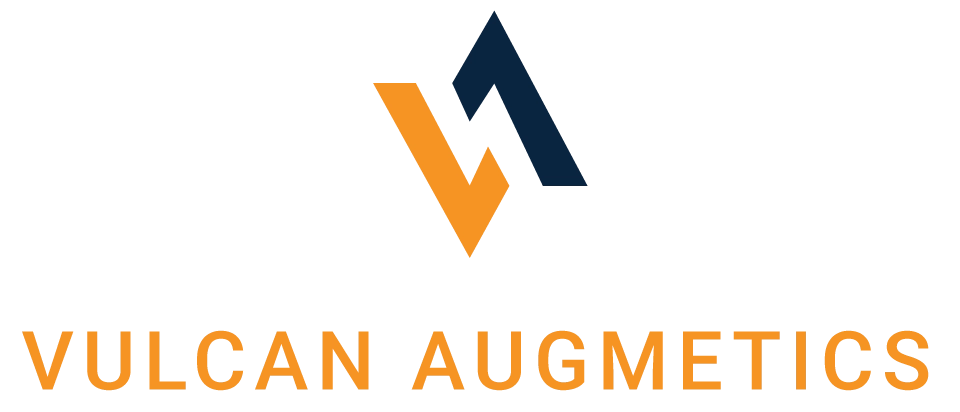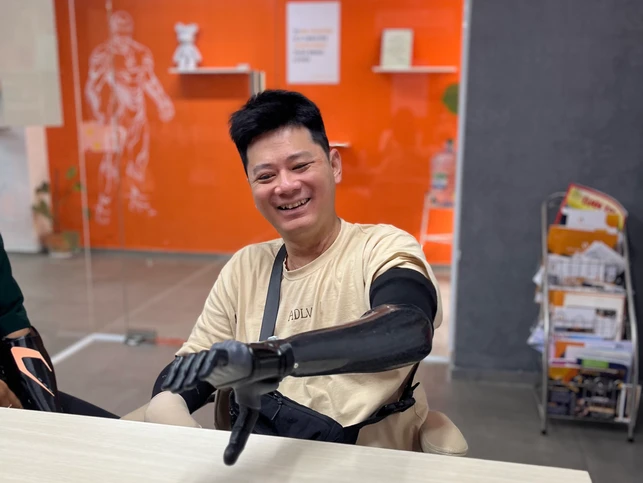While having a well-made hand prosthetic is a crucial step towards embracing new possibilities, finding the perfect prosthetic arm is not as simple as shopping for clothes at a mall. In this blog, we’ll guide you through the basics of artificial hand prosthetics, covering essential aspects you need to know.
1. Understanding Your Needs:
Before selecting a prosthetic limb, it’s essential to identify your specific needs and goals. Consider your lifestyle, daily activities, and any unique requirements. Basic prosthetics offer cosmetic restoration and limited functionality, while advanced bionic prosthetics use innovative technologies to replicate natural movements

If you just wish to have a prosthetic to cover your arm loss whenever you go out then a functional bionic hand can become a big waste for you while in contrast, a cosmetic hand can be useless if what you want is to perform more activities like eating, drinking, playing sports, etc.
Knowing what your needs are is the very first step on your decision-making journey. Then consulting with a healthcare professional or prosthetist will help you determine the most suitable type of prosthetic for you.
There are 3 common upper limb prosthetic types including advanced bionic prosthetics, basic cosmetic devices, and body-empowered prosthetics. Understanding these different types will help you make an informed decision. Read more about types of prosthetics here.
2. Your Amputation Level:
Understanding your amputation level is critical when purchasing a prosthetic limb. This refers to the location and extent of limb loss, influencing the type and design of prosthetic that will best meet your needs.

- Prosthetic Compatibility
Different types of prosthetic limbs are designed to accommodate specific amputation levels. Knowing your amputation level ensures that the prosthetic you choose is compatible with your specific situation, enabling optimal fit and functionality.
For instance, if you have a below-elbow amputation, your prosthetic can be much lighter while an above-elbow amputation might require a prosthetic elbow joint and other special tools in addition to support lifting and holding your prosthetic.
- Functionality and Range of Motion
The level of amputation directly impacts the functionality and range of motion achievable with a prosthetic limb. Understanding your amputation level allows you to select a prosthetic that can provide the desired range of motion and functionality for your specific needs.
For example, someone with a below-elbow amputation may benefit from a bionic hand that offers more exact motor control and various grip options. In contrast, an individual with a shoulder disarticulation amputation may require a more complex upper limb prosthetic that integrates shoulder and elbow movement.
- Socket Design and Suspension

The type of socket design and suspension system used in a prosthetic limb is influenced by the amputation level. The socket is the interface between your residual limb and the prosthetic device. It should fit securely and comfortably to ensure stability and weight distribution. By knowing your amputation level, a prosthetist can customize the socket design and suspension method to provide optimal comfort and functionality, enhancing your overall prosthetic experience.
When working collaboratively with a Vulcan prosthetist, you can ensure that your prosthetic limb aligns with your amputation level and provides the best possible fit, functionality, and overall satisfaction. Identifying your amputation level with the levels we have gathered here
3. The Condition Of Your Remaining Limb
Is your remaining limb, or the part of your limb that remains after amputation, completely healed and healthy enough to wear a prosthetic? Keep this question in mind while searching for a prosthetic because it can significantly impact the fit, comfort, and functionality of the prosthetic, and here are why:
Muscle Strength and Control
The strength and control of the muscles surrounding your residual limb affect the functional capabilities of a prosthetic limb. At Vulcan, we will evaluate the muscle strength and control to determine the appropriate type of prosthetic and its components for you.
For example, if you have good muscle control, a Vulcan bionic prosthetic that responds to muscle signals is a suitable option. If not, we will provide you with some muscle training exercises so you can practice to improve your muscle strength before evaluating again.

Understanding the condition of your remaining limb helps ensure that the prosthetic device chosen aligns with your muscle strength and control, enabling optimal functionality.
- Residual Limb Shape and Size
The shape and size of your residual limb play a crucial role in determining the appropriate prosthetic device. The prosthetic socket, which connects the residual limb to the artificial limb, must be custom-fitted to ensure a secure and comfortable attachment. The condition of your remaining limb, including the presence of any irregularities, scars, or changes in shape, will guide the prosthetist in creating a socket that provides optimal fit and weight distribution.
- Skin Sensitivity and Tolerance
The condition of your residual limb’s skin is another important consideration. Skin sensitivity and tolerance can vary among individuals, and factors such as scarring, sensitivity to pressure, or skin conditions need to be taken into account when selecting a prosthetic. A prosthetist will assess the condition of your remaining limb’s skin to determine the most suitable liner, padding, or interface materials that promote comfort and minimize the risk of skin irritation or pressure sores.
By thoroughly evaluating the condition of your remaining limb, a prosthetist can customize the prosthetic device to provide the best possible fit, function, and comfort.

Choosing your first prosthetic limb is a significant decision. Understanding your needs, types of prosthetics available, your amputation level, and the condition of your remaining limb are crucial factors. At Vulcan Augmetics, we offer advanced prosthetic hands with customizable options to suit your specific needs. Our team is dedicated to supporting you throughout your prosthetic journey.
Embrace this new chapter in your life, and let Vulcan prosthetics help you unlock new possibilities by FILLING FORM for a 1-1 consultation.




